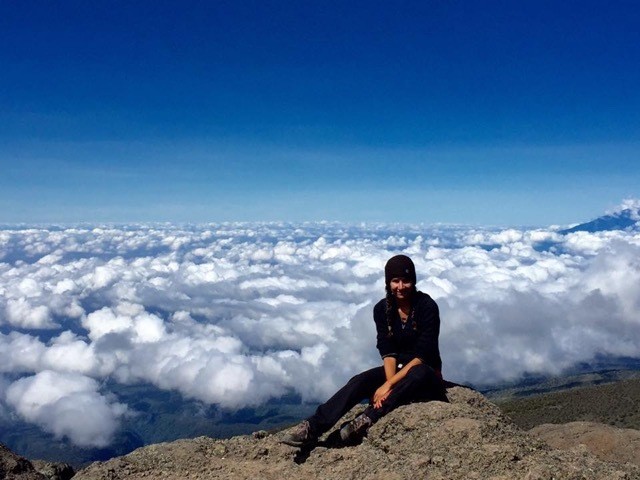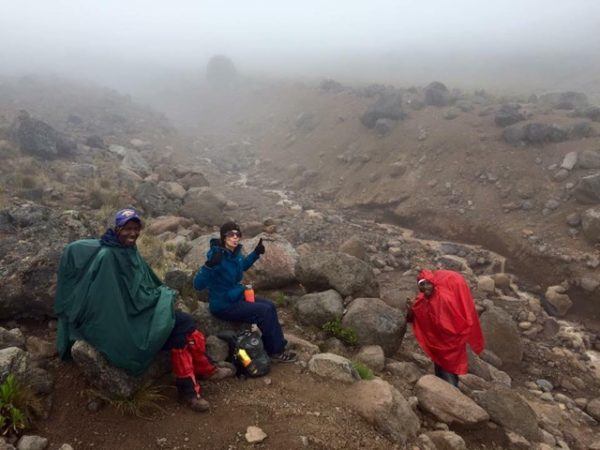Published by Rylei. Last Updated on July 11, 2022.
Disclaimers: Our site uses demographic data, email opt-ins, display advertising, and affiliate links. Please check out our Terms and Conditions for more information. Listed prices and attraction details may have changed since our visit and initial publication.
Second only to Antarctica, climbing Mount Kilimanjaro ate up a big chunk of my overall trip budget. At around $2,000+ USD for a seven-day climb, another $300 for gratuities and a further $100 for the Tanzanian visa, it’s not a cheap trip by any means.
When you compare your $300+ daily spending with what you actually get in return – squat potties, tents, and endless (and I do mean endless) walking – it’s hard to justify throwing away such a large chunk of money without having a good reason to back it up.
Did I have that good reason? No. I climbed a mountain simply to say I had climbed a mountain. I’m that person. But I did persevere and make it back to tell you all the need to know about this climb, so there is some sort of minor accomplishment in that at least.
Before You Climb Kilimanjaro…
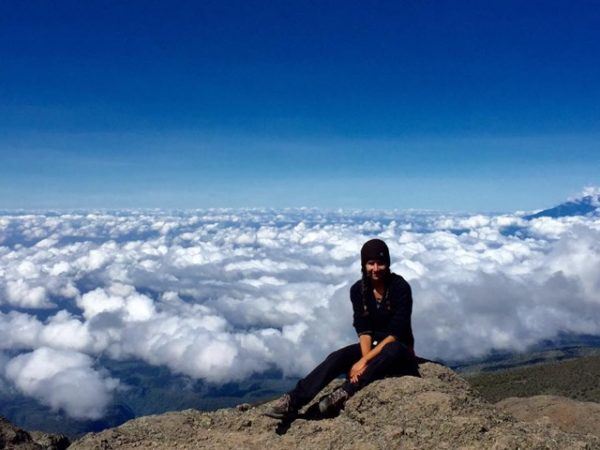
The first step is finding a good company to go with.
I actually found Absolute Africa – with whom I did my 54-day African safari – when I was researching companies that put together Kilimanjaro climbing trips.
They had great reviews, specialized in small groups, and even gave a discount if I was doing both the safari and the climb. I was easily sold on these three things, and they did not disappoint.
I did the climb with my sister and our guides and porters were simply put, amazing. For my climb it was just my sister and I and an individual guide each (necessary for two+ people in case someone becomes ill or injured and needs to return, so that the remaining can carry on).
A girl from my safari trip did the climb with the same company and it was just her. While she seemingly enjoyed a week of her own personal company, if endless self-reflection isn’t high on your list, I would suggest finding a company that specializes in combining small groups for socializing.
For my sister and I, it was nice to have uninterrupted time together after over a year of only Skype contact. Plus, it was nice to be able to freely gossip about whatever we wanted without anyone nearby to listen in.
Secondly, forget getting all the proper gear. I know this sounds counter-intuitive going up a mountain. Apart from your hiking boots and clothing if you worry about wearing second-hand, I suggest just directly renting everything from the company you’re going with.
My sister brought all of her own gear, but seeing as I was traveling before and after, I wasn’t lugging all of this around with me. I was able to rent tried and true equipment from the team that was broken in and adequate for the conditions. Spending a fraction of the cost, I was more prepared for the hike than my sister, at least with equipment.
The next one is simple common sense and you will hear it endlessly repeated on your hike – go slowly. So slowly you fear you’ll never make it up that mountain in a month of walking.
It’s the best way to avoid altitude sickness, where your body isn’t getting enough oxygen. Short of falling or some other health condition, altitude sickness is about the only thing that is going to stop you from reaching the top. It shows up like a hangover most often – headache, nausea, diarrhea, achy muscles.
My sister experienced this off and on for the first few days and I experienced a different form on the final summit day. It seems almost everybody experiences it in some form or another. I took the time to go slowly, practicing conversation Swahili with my guides, who were ever so keen to teach me.
It was a nice way to pass the time and interacting with other guides and porters as we passed each other gave me a lot of conversation practice. To this day I can probably utter about 250 words in Swahili.
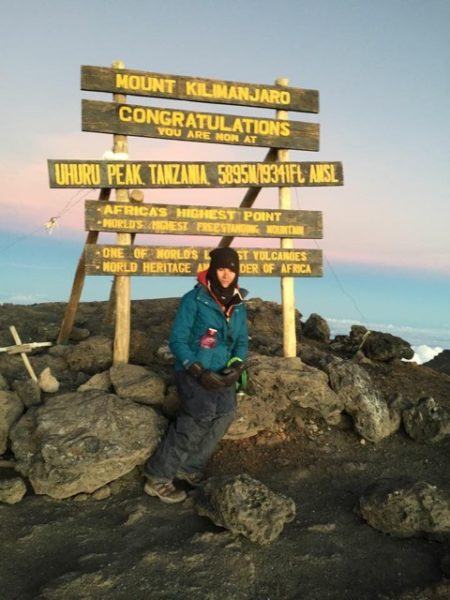
Finally, enjoy yourself. The sights are absolutely amazing.
I remember waking up one morning to brush my teeth and turning around to realize we were above the clouds for the first time. Imagine walking high enough up a mountain that you’re above the clouds. They stretched on for miles. If you think you’re too old to go, you’re wrong.
We saw many 60-70+ people up there, including a mother with five children who had made it a life goal to do one thing with each of her kids that they picked. Her first son had made her go skydiving and her second son was dragging her up Kilimanjaro. It seemed like an amazing life goal to have.
The food was amazing, too, even for the pickiest of eaters. It’s amazing how they make such gorgeous meals out of such simple ingredients that they lug up the mountain on giant packs. That being said, bring a lot of spare snacks for the days of endless walking to keep your energy levels up.
My sister also brought along some of those electrolyte/energy gummies, while I brought along a steady supply of Kit Kats. Sharing these with our guides daily surprised them, and they said it’s becoming steadily more common that their tourists don’t engage with them and certainly don’t share sweets with them. If this is true, you’re missing out.
My endless talks, breaks and learning with my guides was even better than reaching the summit.
Thinking of taking a safari in Africa? Check out tours by G Adventures and get planning today!
About Rylei
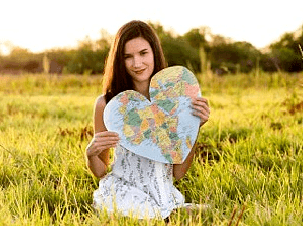
About the Author: Rylei took a trip around the world from 2015 to 2017 and shared her experiences here and on her former blog. She got into adventures such as visiting Easter Island, exploring Antarctica, going on safari in Africa, and more.
